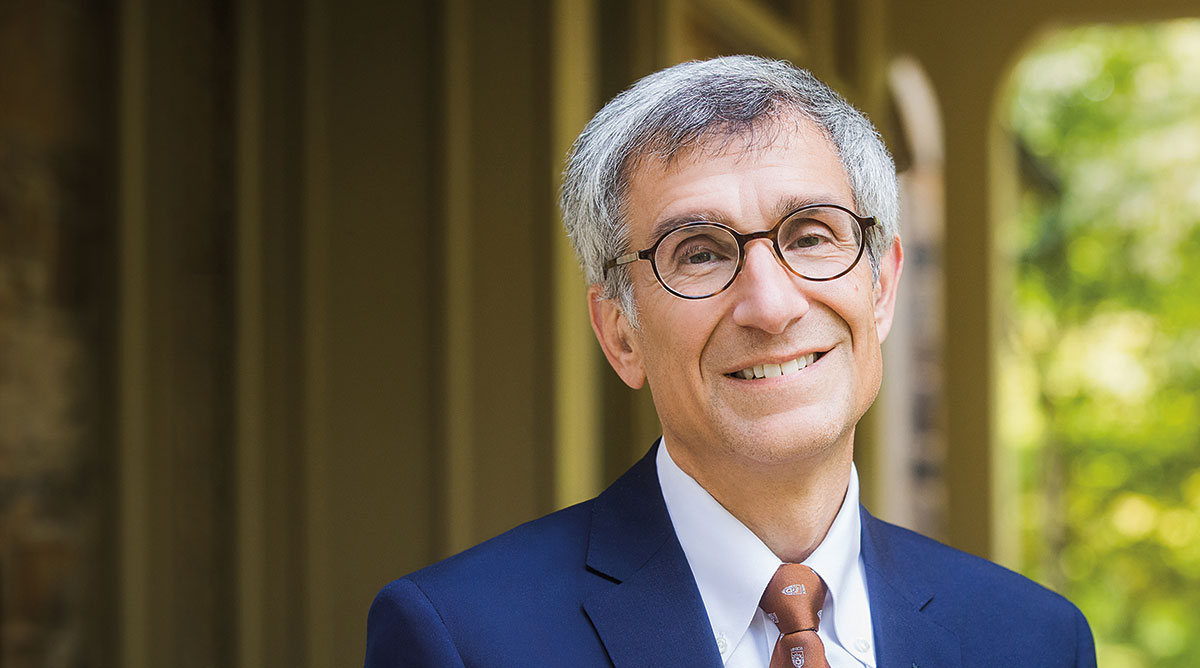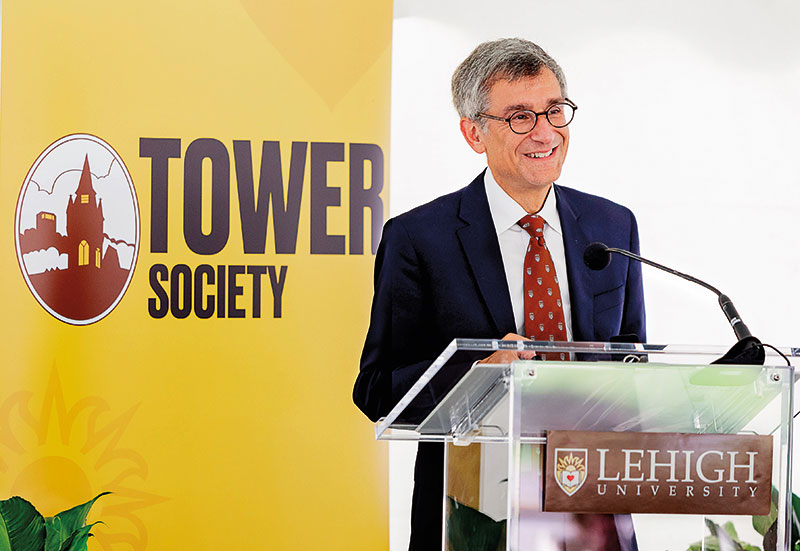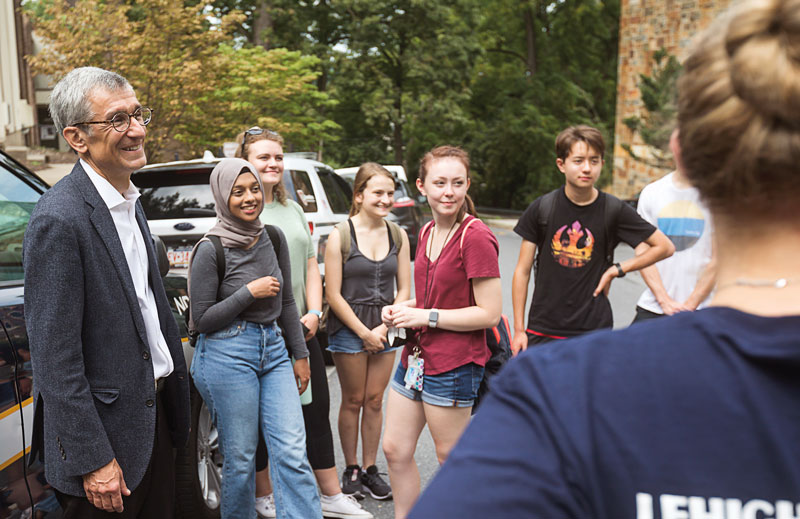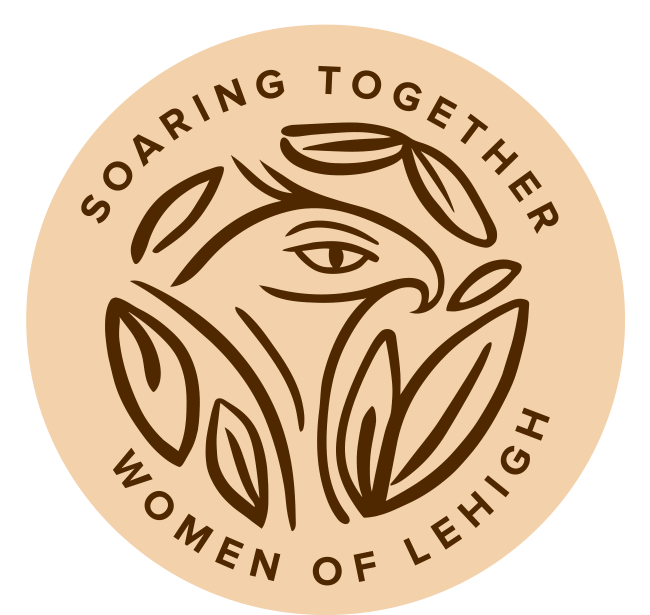
For the second time in the university’s history, a Lehigh engineer is at the helm. Joseph J. Helble ’82 is a chemical engineering alumnus and Lehigh’s 15th president. He returns to South Bethlehem having pursued research related to air pollution, carbon dioxide capture, and other impacts of fossil fuel use. Most recently, Helble served as provost at Dartmouth College, following a 13-year tenure as dean of the Thayer School of Engineering. Under his leadership, Dartmouth became the first comprehensive research university in the nation to have more women graduate with a bachelor’s degree in engineering than men. Diverse communities are stronger communities, says Helble. “I believe universities can and should lead in valuing diversity and striving for equity.”
Q: What got you interested in studying chemical engineering as a way to tackle environmental challenges?
A: I was an undergraduate at Lehigh in the late ’70s and early ’80s, shortly after OPEC imposed an embargo on the supply of petroleum. The oil crisis disrupted everyone’s lives and had us seriously considering energy supply for the first time. The 1979 nuclear accident at Three Mile Island made me—a runner and someone who has always liked the outdoors—think about energy in a more immediate way. These were the days of limited environmental regulation, and there was sometimes the smell of sulfur on campus and unfiltered diesel buses driving down the roads emitting plumes of black smoke.
I’ve always referred to myself as an environmental chemical engineer. I liked chemistry but was interested in problems in energy and the environment. It was the combination in the application that was important to me. In talking to faculty and doing some reading, it was clear that if I wanted to dedicate my career to working on those problems, chemical engineering was the path to pursue.
 Climate change wasn’t much on anyone’s mind back then. So, I was thinking about more visible problems of air pollution: sulfur and nitrogen oxides, soot, and particulate matter. I ended up devoting a large part of my research career to those areas.
Climate change wasn’t much on anyone’s mind back then. So, I was thinking about more visible problems of air pollution: sulfur and nitrogen oxides, soot, and particulate matter. I ended up devoting a large part of my research career to those areas.
Over time, I started working on questions of CO2 capture. By the 1990s, the modeling was more and more consistent that this was a looming crisis. I’m a realist. I didn’t think the world could flip a switch and just stop utilizing fossil fuels. I still don’t think that’s possible today, with so many nations still in the early stages of economic and structural development.
In addition to pursuing alternatives, we have to think about developing materials and technologies to take CO2 out of exhaust gases and out of the air. There
are huge opportunities for anyone interested in the chemistry and engineering challenges, the materials challenges, and the policy challenges.
Q: Why was the gender parity milestone Dartmouth achieved so important?
A: It was an important symbol—a way to show that decades-old arguments about differences in interests or aptitude are wrong.
Engineering is about applied problem-solving. It’s about inventing and creating something that provides new opportunities, helps address important problems, maybe even changes the world. It’s about serving society through the application of science.
What we did at Dartmouth, where students aren’t accepted into a college and are free to choose any major, to me, showed that it is possible to graduate a class that looks like the rest of the university—and the rest of society—if you have programs that are engaging and interesting to a broad cross section of students.
 Q: What did it take to accomplish this goal?
Q: What did it take to accomplish this goal?
A: I’m a numbers person. I’m data driven. While I was dean, the national data showed that the percentage of undergraduate engineering degrees received by women was 20 percent. At Dartmouth, it was around 25 percent and moving toward 30 percent. That sparked a series of conversations with the faculty and staff.
We know from the literature that a lot of the challenges are perceptions of barriers to entry. What could we do to lower them? We already had classes designed for nonmajors, and we significantly expanded our offerings. We increased the amount of hands-on group work, even in the earliest project classes. We didn’t change the content but rather our approach to delivering it.
We started to think very intentionally about the composition of project review boards for our classes. We made sure there was gender diversity on every single board, and that we were drawing people in from the outside. We thought about search committees in the same way. We focused on hiring more women faculty, but we thought about our technical staff instructors as well. We looked at the composition of our advisory board and our seminar speakers. We started to intentionally build more project work into middle- and higher-level classes.
And when we saw success, we talked about it openly. Some of the greatest ambassadors for the effort at Dartmouth were the students. When we reached 40 percent, I would say publicly, we’re at twice the national average—what would it mean if we could be the first to get through this imagined glass ceiling? The effort drew the focus of the entire community.
Every university has a distinct structure and different approach. But to effect change requires examining absolutely every process, absolutely every structure that’s in place. Is it inclusive of everyone? And is the program represented that way to the outside world? Because perceptions help drive decisions.
 Q: What will be the impact of achieving greater diversity in STEM professions?
Q: What will be the impact of achieving greater diversity in STEM professions?
A: It’s important that scientists and engineers reflect the community and comprehend the problems at hand. That brings a better understanding of the importance of different weighting factors, which is something we ask engineering students to consider when designing solutions. There are always several different paths you can pursue. What are your objectives and what’s important to the community? How you ascribe weights to each of those different parameters for one community might not be right for another. It’s beneficial if you have professionals who understand the community they’re trying to help. Every argument about diversity applies here. You have different perspectives approaching a problem or a question in different ways with different life experiences that they bring to the table.
Q: What is your vision for Lehigh as the university strives toward achieving greater diversity, equity, and inclusion?
A: One of the greatest strengths of Lehigh is the strength of the community. Each and every individual is valued and brings something unique to contribute. They are here because they have something to offer and because they can learn from being part of this community. And that means every single individual. Not the majority. Everyone.
We want everyone to have the opportunity to fully engage and be fully valued. To bring their whole selves to the classroom and to work. It’s important the community knows that’s what the administration stands for. It’s who we are as a community. We’re committed to doing everything we can to make sure that there are no barriers that prevent anyone from pursuing their interests.

